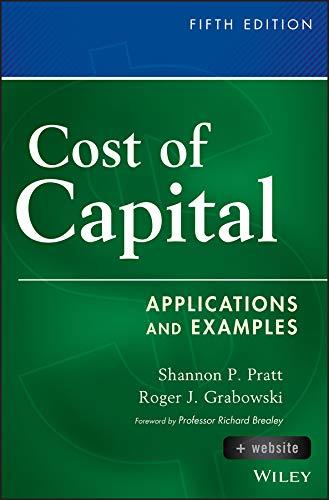Question
The Binomial model gives us a basic understanding using finite mathematics of an arbitrage proof not unlike we did in the previous Module: Anything other
The Binomial model gives us a basic understanding using finite mathematics of an arbitrage proof not unlike we did in the previous Module: Anything other would create an arbitrage situation, where you could buy the underpriced, and sell the overpriced, and the market comes back to equilibrium.
Now, the Black-Scholes Model only takes that finite concept, and goes into the realm of continuous mathematics: What if the outcomes are not discrete: Heads/Tails, but instead what if the outcomes are a continuous distribution of possible outcomes based on stochastic probabilities.
Cool. Difficult, but cool. Maybe good cocktail party conversation if you are good with integral calculus, or at least now we understand the process...
BUT, do you realize, that the B-S model is flawed? It is good for European Style options only! See, they figured out how to handle the infinite possible outcomes at expiration, Two time periods only (now, and then) but they didn't (couldn't) also account for the infinite possible outcomes of continuous time. As the time slices get smaller and smaller, and the number of time increments gets larger, infinite time by infinite outcomes gets some concept of Infinity x Infinity.
And, that the mathematics we have just don't work.
But, most of our options that we see and trade are American Style options, which means infinite time possibilities as well as infinite outcomes.
So, what good is it?
Step by Step Solution
There are 3 Steps involved in it
Step: 1

Get Instant Access to Expert-Tailored Solutions
See step-by-step solutions with expert insights and AI powered tools for academic success
Step: 2

Step: 3

Ace Your Homework with AI
Get the answers you need in no time with our AI-driven, step-by-step assistance
Get Started


